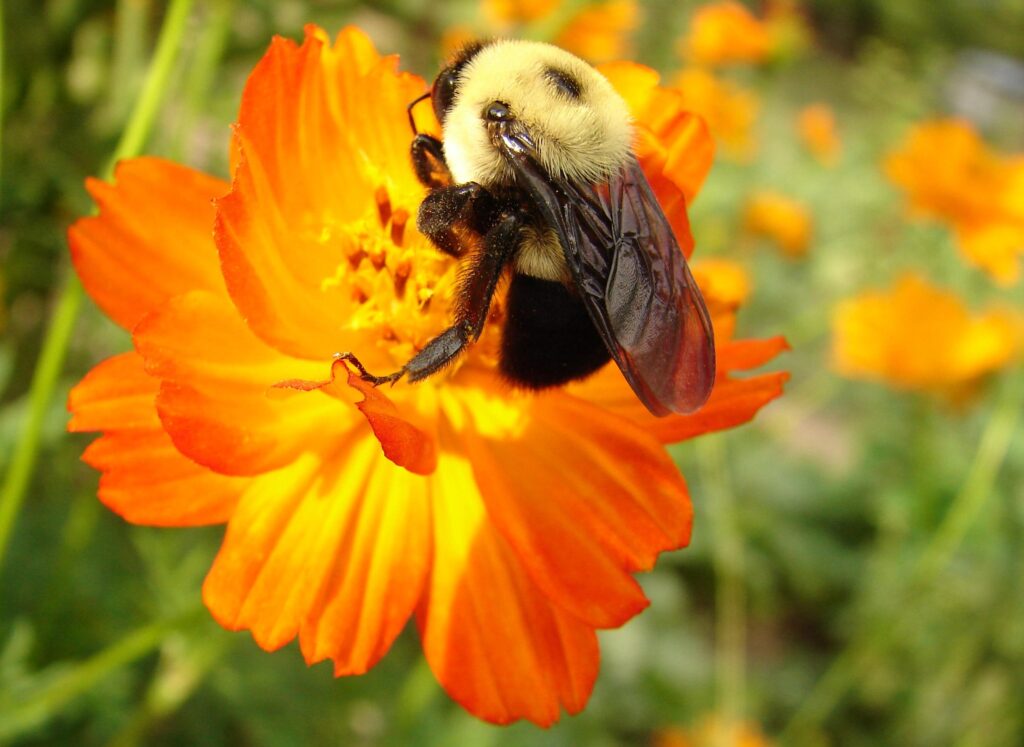
Just the other day, someone on a Facebook gardening page mentioned she was hardening off her seedlings on warm, cloudy days. Another person asked what hardening off means.
I answered her question, but it got me thinking about some of the words gardeners use and what those garden terms mean. Here’s a primer of 14 common and a few uncommon gardening terms that are helpful to know.
Annual
Biennial
Bulb
Cold tolerant
Corm
Deadhead
Ephemeral
Hardening off
Hardiness zone
Perennial
Rhizome
Seed packet
Stolon
Tuber
Annual
Annuals go from seed to leaves to flowers to seed in one season. Their sole purpose is to look good throughout which ever season they are in. Pansies are grown as spring and fall annuals, for instance. Cosmos and zinnias are popular summer annuals.
Biennial
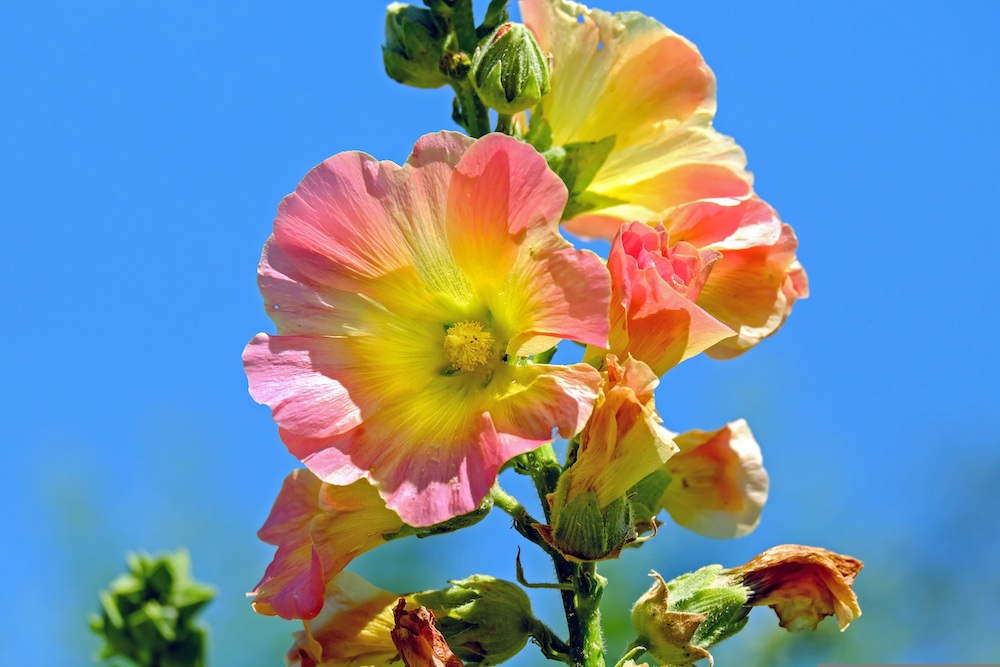
Biennial plants are on a two-year cycle. In year one, they form leaf growth, frequently as a rosette close to the ground. In year two, the plant grows to mature size, blooms and usually dies. As the flowers die, they drop seeds to the ground, which germinate and form rosettes that will yield flowers the following year. Sweet William (Dianthus barbatus), hollyhocks (Alcea spp.), foxgloves (Digitalis spp.) lettuces, parsley and Swiss chard are examples of biennials.
Bulb
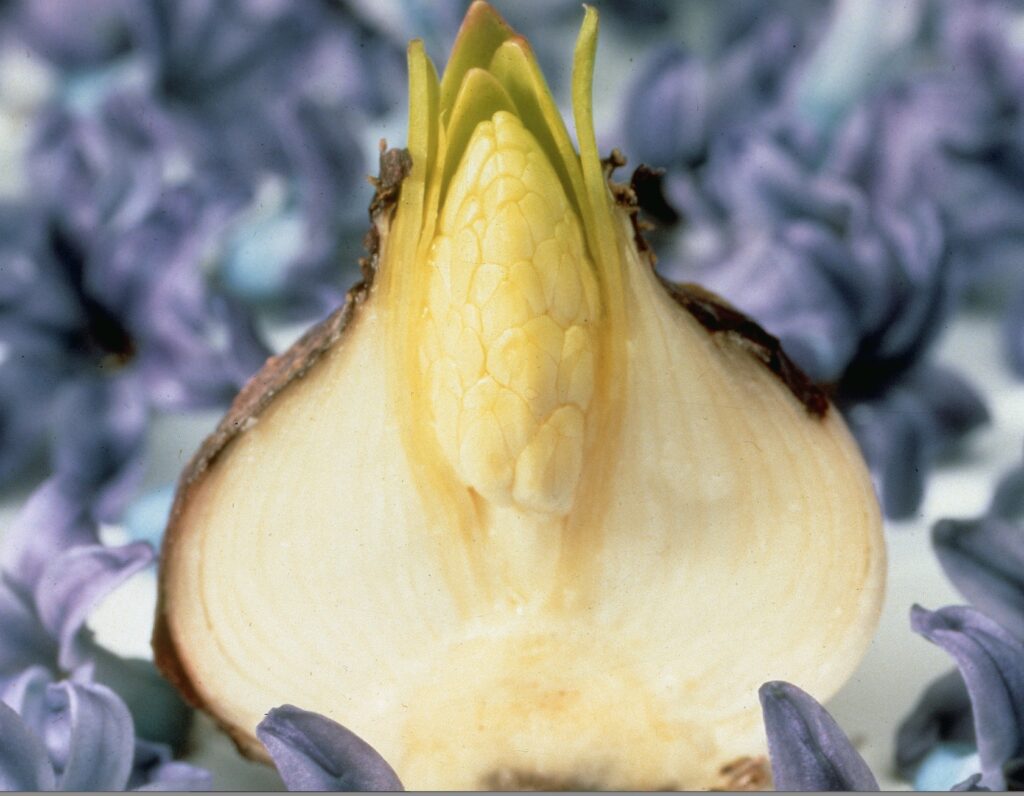
Bulbs are rounded, underground food storage units, usually with a pointy top and flat bottom with thread-like roots. They usually have thin coats or tunics as their outer layer, but not always. The tunics are not required for good bulb growth. Tulips (Tulipa spp.), daffodils (Narcissus spp.), lilies (Lilium spp.), hyacinths (Hyacinthus spp.), onions and garlic (Allium spp.) are examples of bulbs.
Cold tolerant
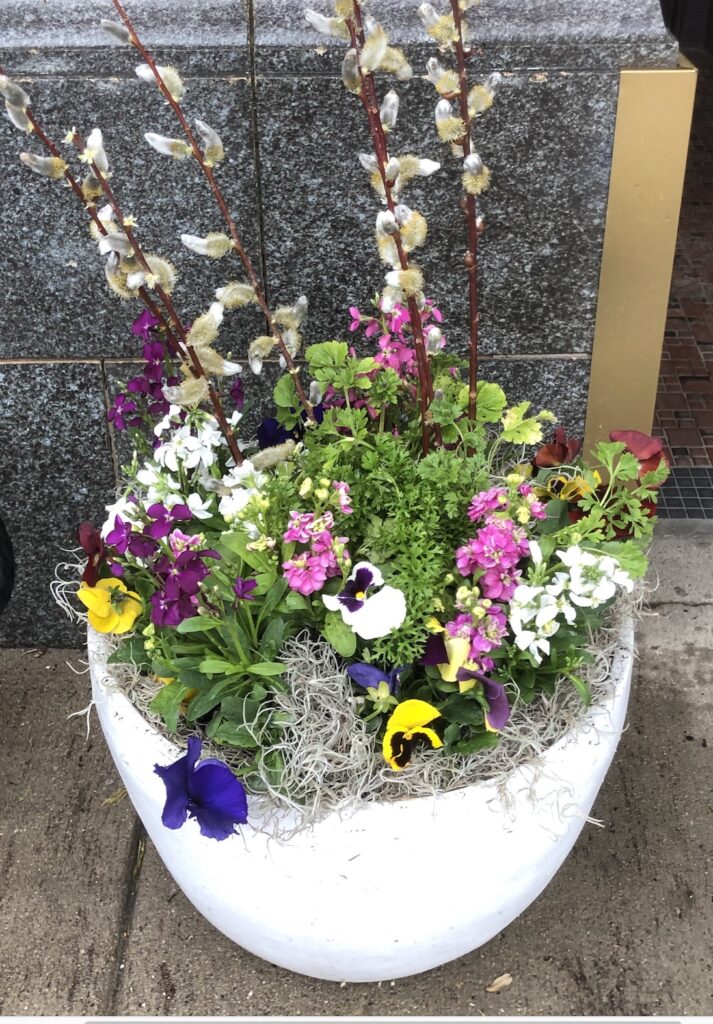
This term describes plants that can take cooler temps without dying. Cold-tolerant is why pansies, snapdragons, Johnny jump-up, stocks, kales, mustards and other greens are popular plants for spring or fall plantings. Peas, carrots, cabbage and broccoli are on the list of cold-tolerant edible plants.
Corm
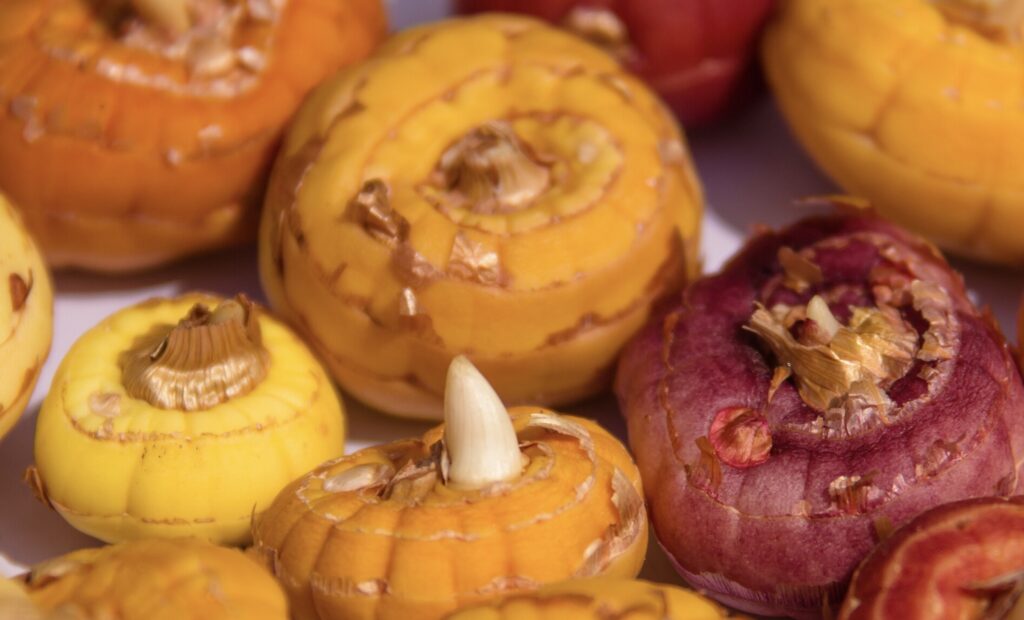
Corms also are underground stems, but they are flat food storage units. They sometimes have a slight dip on top and a flat bottom with fine roots. Crocus and gladiolus are corms and are usually sold with bulbs and tubers.
Deadhead
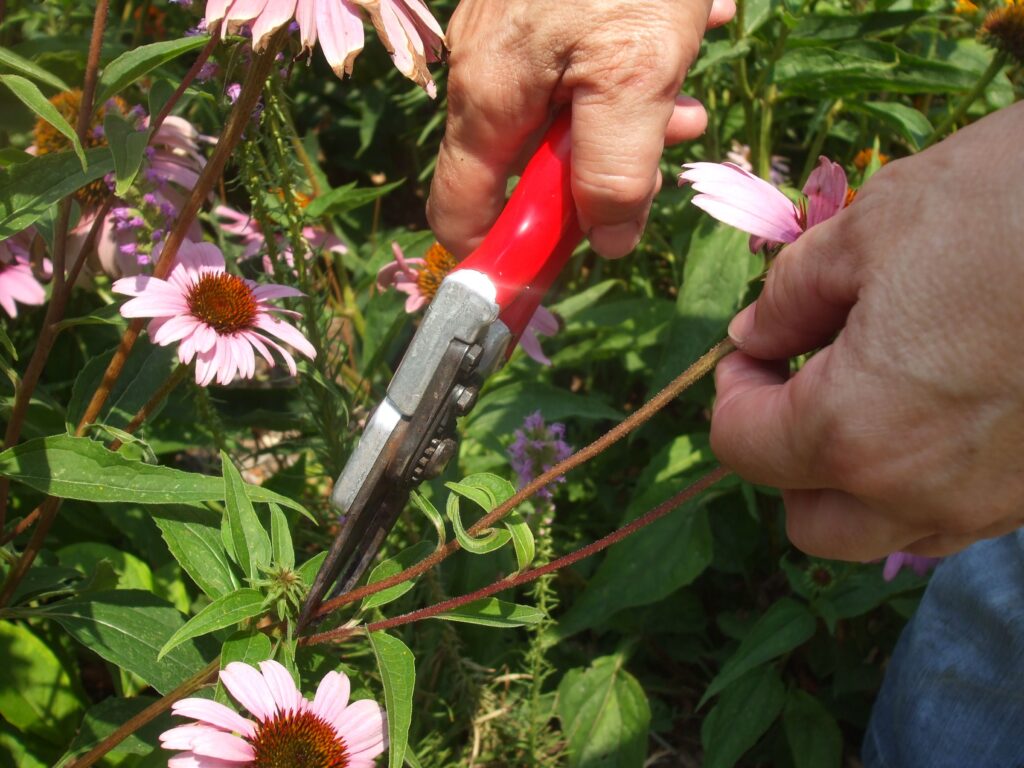
Deadheading is removing the spent or dead flowers from plants, usually annuals and perennials. Gardeners also can deadhead shrubs, such as spent lilac flowers, to tidy up the plant. Deadheading tricks a plant into producing more more flowers so it can propagate. When deadheading, remove the flower and stalk rather than just the flower.
Ephemeral
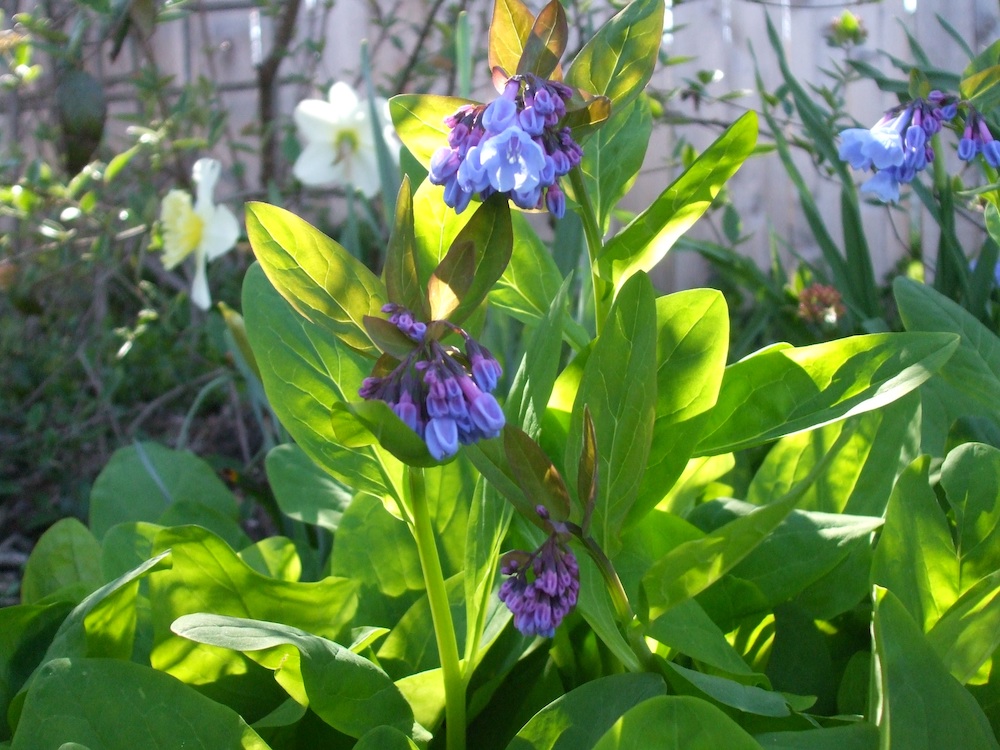
Here today, gone tomorrow pretty much defines ephemeral. Many spring plants are ephemeral, such as Virginia bluebells (Mertensia virginiana), bloodroot (Sanguinaria canadensis), marsh marigold (Caltha palustris) and spring beauties (Claytonia virginica). They show up and bloom in spring then disappear. I call them magic plants.
Hardening off
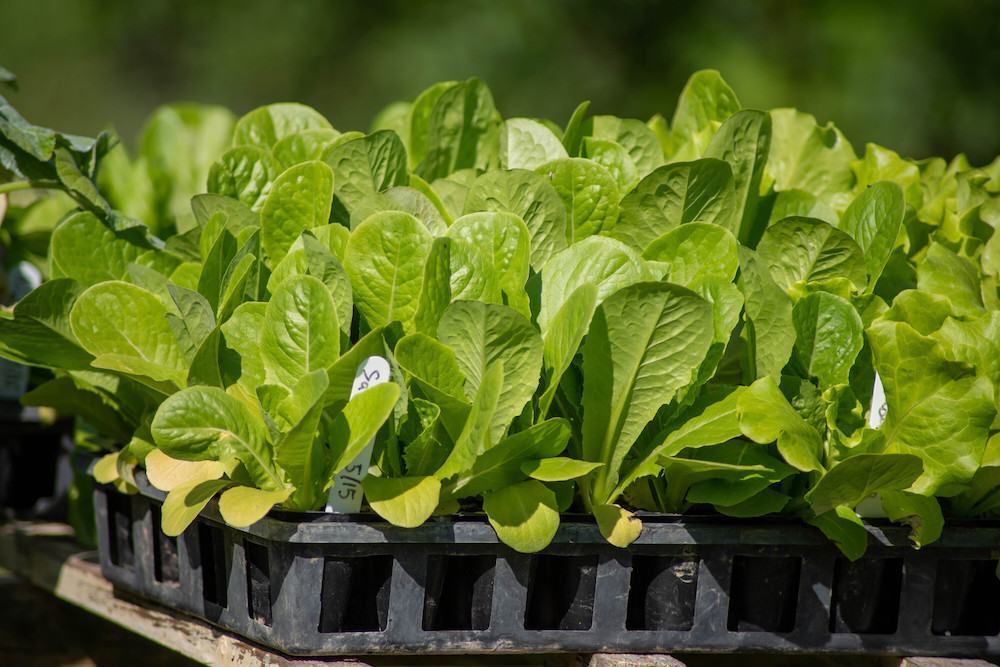
This process allows for seedlings that have been grown indoors or in greenhouses to become acclimated to outdoor temperatures before being planted. To harden off plants, move outdoors on warm sunny or overcast days and then back indoors at night. If on a sunny day, protect the seedlings from direct sun so they don’t get burned.
Hardiness zone
The U.S. Department of Agriculture divides the country in zones based on their average low temperature, or winter hardiness. The metro Indianapolis area is in USDA Zones 5 or 6. The higher the number, the warmer the zone. The hardiness zone comes into play when selecting plants for your garden.
Indiana gardeners can push the hardiness envelope with perennials by growing some rated to warmer zones, such as USDA Zone 7. However, Purdue University recommends bumping down a zone or two for trees and shrubs. That means selecting plants rated to USDA Zones 4 or 5.
Perennial

Perennials return to the garden year after year, for at least three years. Coneflowers (Echinacea spp.), black-eyed Susans (Rudbeckia spp.), phlox, salvias, daylilies (Hemerocallis hybrids) top the list of popular perennials. Perennials usually die back to the ground and regrow from the roots the following year.
Rhizome
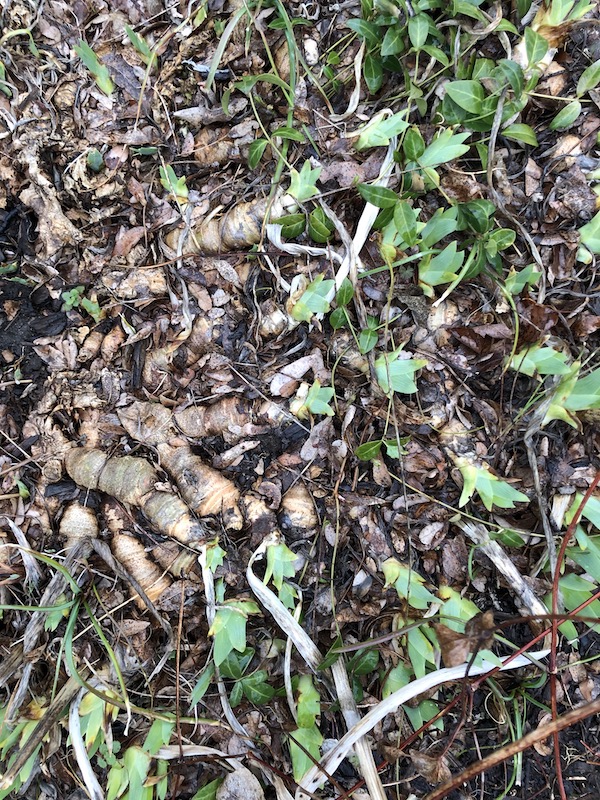
Rhizome tells us a plant spread by underground stems, called rhizomes. Perennials, shrubs and trees can spread this way. Bearded iris and cannas are in the group of plants that spread by rhizomes. Some plants that spread by rhizomes can be aggressive or invasive in the landscape. Examples of problematic rhizome spreading plants include kudzu (Pueraria spp.) and Japanese knotweed (Fallopia japonica), bamboos (Bambusa spp.) and purple loosestrif (Lythrum spp.)
Seed packet
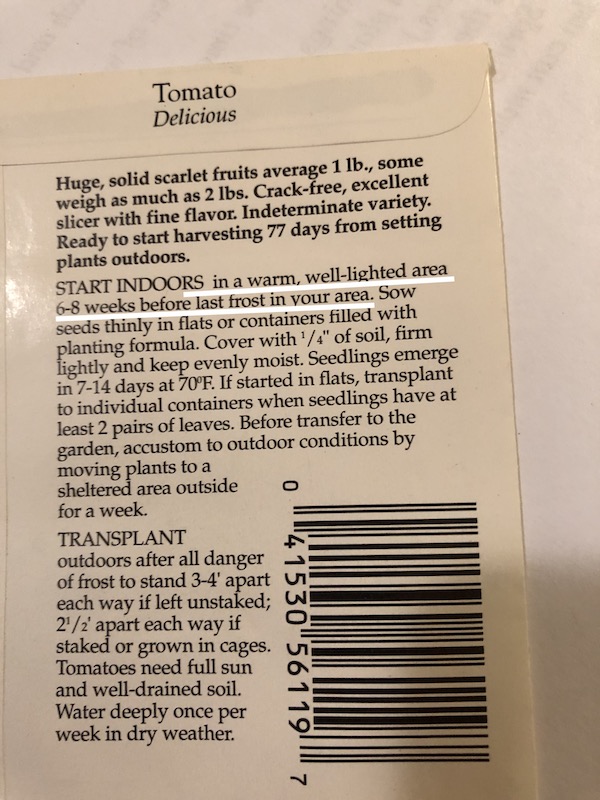
Seed packets contain more than seed. Packets provide all kinds of info, such as when and how to plant, how long before germination, how long until harvest and more. Don’t be like those people who only read directions when all else fails.
Stolon
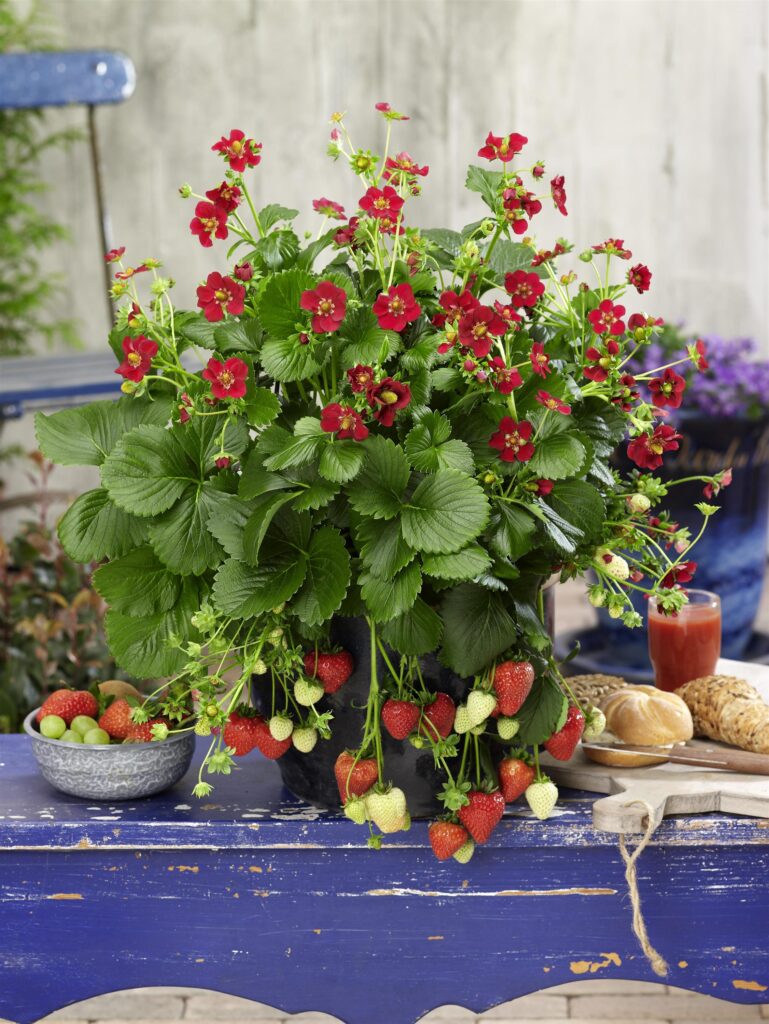
Stolons are above-ground stems, frequently called runners. Strawberries are an example of plants that spread by stolons. Zoysiagrass, a warm-season grass that is sometimes grown in Hoosier lawns, spreads by rhizomes and stolons. Indoors, philodendron spreads by stolons.
Tuber

Tubers frequently fall into the bulb category, but in the horticulture world, they are their own thing. Tubers are underground stems, also known as fat rhizomes. They store the plants food underground. Sweet potatoes, peonies (Paeonia spp.), tuberous begonias (B. tuberosa) and dahlia are common tubers. Caladiums are tubers, too, but sometimes referred to as tuberous corms.
Excellent!
Thanks, Wendy.